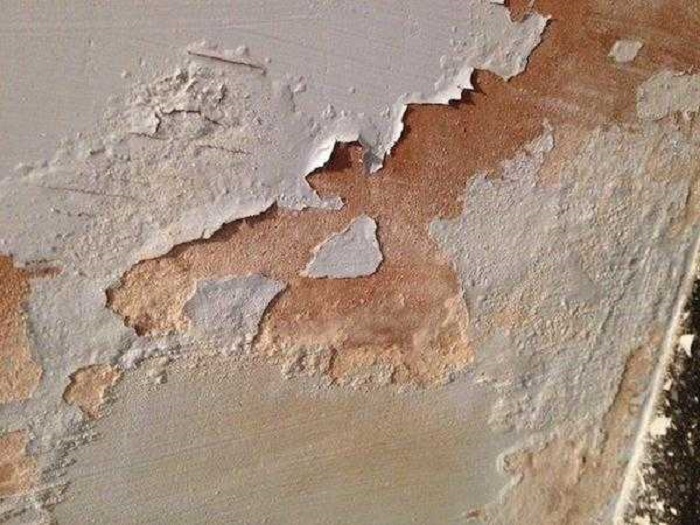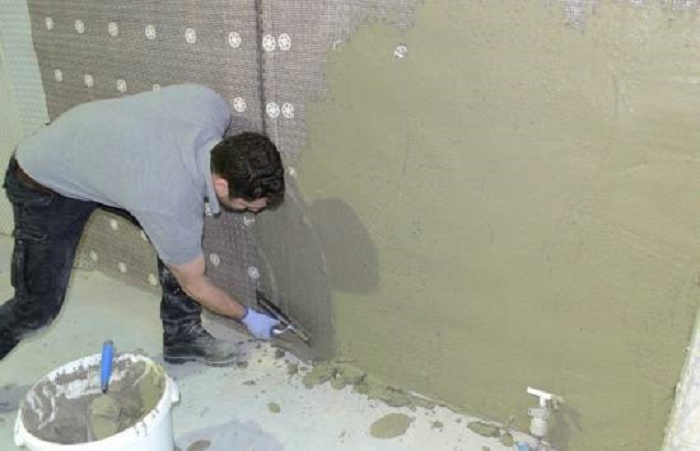Are there horrible spots in your home produced by moisture? How to treat damp walls internally? You do not understand how to remove them? If so, you need to know right now how to clean the moisture from the walls. For this, you will require the expert knowledge of the home cleaning companies. Do not wait any longer! Your health and that of your family may be in danger.
How to treat damp walls internally?
Understanding the importance of learning how to clean moisture from the walls will allow us to act quickly. Postponing housework and repair will only increase our discomfort. The sooner we pay attention to how to clean the moisture from the walls, the better. But why?
Our home deserves to be free of any pollutant, and the moisture in the walls is. In addition to our home and the bad smell they produce! And that without counting on the harmful effects harmful to health. Also check this https://protenservices.co.uk/local-branches/bath/
Five effective tips when dealing with moisture in the walls

After finding signs of moisture or mold on the walls, don’t be alarmed! The truth is to solve it is simpler than you imagine. Do not think that you should always tear it down; take these previous tips from the experts. Sooner than you think, you will achieve how to clean the moisture from the walls.
# 1 Do not repaint the walls without eradicating the root problem
One of the most common mistakes of inexperienced owners, when faced with moisture in the walls, is to rush to paint to hide stains! How unfortunate! This will not benefit you at all because you are not ending the cause first.
Some good quality paint may momentarily disappear the slight watermarks. More, do not doubt that the stain will reappear. Even (as the paint you have applied is new), it will likely be even more difficult for you to remove the stain in such circumstances.
# 2 Go to the source of the moisture problem
Ask Why is your wall so dampened? Certain humidity conditions in the home are generated by leaks, chronic condensation problems, among others. Its effects are evident everywhere (ceilings, walls, floors, windows, doors), but the most affected area is usually at the foot of the wall.
Any wall can suffer an increase in humidity, mainly because it is near the ground. These become damaged internally also when the case is very severe.
The lack of ventilation, a crack in the wall (that allows the entry of water internally or externally), or the leakage of a silent water pipe They are the big headaches for those dealing with the problem! Identify your cause and treat it before sealing or applying any paint.
# 3 Verify that there are no leaks
You must be sure that rainwater does not penetrate through the joints of the structures. Install the rainwater pipe seals firmly to prevent leaks. Check the gutters for clutches that prevent normal water flow in the rainy seasons.
You should also ensure that all water supply connectors are tight and without any small leaks. Check your water meter or note if there is an unusual increase in your monthly bill.
# 4 Install a moisture layer
Whatever the origin of the matter, it is always good to prevent. Therefore, if you have already noticed that it is not due to cracks or leaks in the pipes, install a moisture layer! You can call specialists in this area, or if you have a little knowledge of construction, do it yourself.
It is only a contiguous layer of material that is placed after removing a row of bricks at ground level. It is a plastic sheet that provides double moisture protection and is inserted along the entire row of bricks — that way, a waterproof one replaces an old mortar.
# 5 Ventilate your home well
Wet, torrential, and cold climates favor the appearance of moisture. On the other hand, the steam that comes out of the kitchen or the bathroom can cause the same result if we live in hot climates. A good way to counteract this problem is to ventilate your home very well.
After each shower, it is good to open doors and windows of your bathroom. Thus the steam and water particles that are suspended in the air can escape. Also, do it if you finish steaming or boiling. A clear symptom that tells you if this is the problem is the spots near those areas.
Always open the doors and windows in the summertime. If possible, install a de-humidification system inside the house for the winter seasons. You can also create a homemade dehumidifier, but we’ll see that later. For now, let’s continue to see how to clean the moisture from the walls.
Eradicates the effects of moisture
Mostly when it comes to mind how to clean the moisture from the walls, we think about its effects. For example, as we have seen, bacteria, the bad smell they produce, or mold. That’s why we are going to see some effective tricks for you to fight how to clean the moisture from the walls.

Using them, you will truly find the solution to your inconvenience. Of course, you can’t settle for using these tricks without first resolving the cause. You need to get the results you expect. Dare to try them. They are accessible and effective.
Chlorine
Wanting to finish how to clean the moisture from the walls and mold all at once is very easy. It is only necessary to have a little chlorine on hand. If the same product, you use daily for your home cleaning. Surely you know how intense it is disinfectant and cleansing power.
Use it with caution by putting on gloves and a mask to prevent its chemicals from entering your skin or respiratory tract. If you buy pure chlorine, it is better to dissolve it in 3 parts of water. Use a wide container and ventilate your home well before opening doors and windows.
After that, you will be ready to manipulate it. Take a soft bristle brush, and with the appropriate protective equipment, soak it in the chlorinated water. Subsequently, rub it against the wall making circular movements to eliminate moisture or mold marks.
Sodium bicarbonate
Baking soda is one of the most practical and multi-purpose natural cleansers. Its properties make it possible to rinse, remove, dry, clean, and pluck root dirt. It is quite economical, and you find it in any supermarket or corner store.
Use it to work on how to clean the moisture of the walls is ideal. You should only dilute a regular portion of baking soda in a bowl of water. Stir until it forms a thick and consistent paste that you can spread.
Then apply the said mixture with a cloth or sponge. Use it directly on the entire moistened surface. As the last step, we must leave the windows and doors wide open. Choose a sunny and cool day, preferably. Rainy days will delay the drying time.
Do walls need a more drastic treatment?
Particularly when the humidity has already reached the inner part of the walls, We can think that we are in trouble! Even so, there is some hope for our building. Calm down. You won’t have to move. Best test with this method of masonry for extreme cases.
Plaster the affected wall or area again
Losing the house because of excess condensation is not an option. The useful idea is to plaster the region that is irremediably damaged by moisture. Hire specialists to reseal the damaged part with a dressing or cement.
It is a measure that you should ultimately take, but it is not worse than losing your walls. We recommend you then place a layer of antifungal paint. Without a doubt, it is a wonderful way to counteract condensation. Another way is to create a homemade dehumidifier. Look how it’s done. And if you want a good antifungal paint, get it here.
- Create your homemade dehumidifier
- Take a clean and dry, empty bottle
- If it is dirty, wash it very well so that it does not have any waste
- Already washed cut the bottle into three parts
- Being very dry, introduce the upper part into the base of the bottle inside out
- Take 150 grams of salt now and pour them into a sock
- Tie a knot over the sock and cut the leftover
- Insert the sock into the container base and ready! We finally have a homemade dehumidifier.





Leave a Reply
You must be logged in to post a comment.